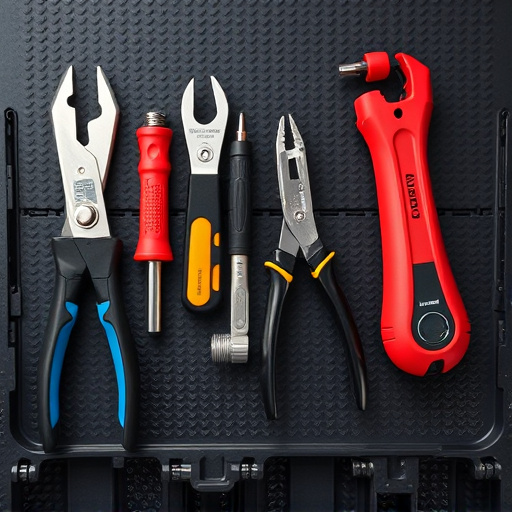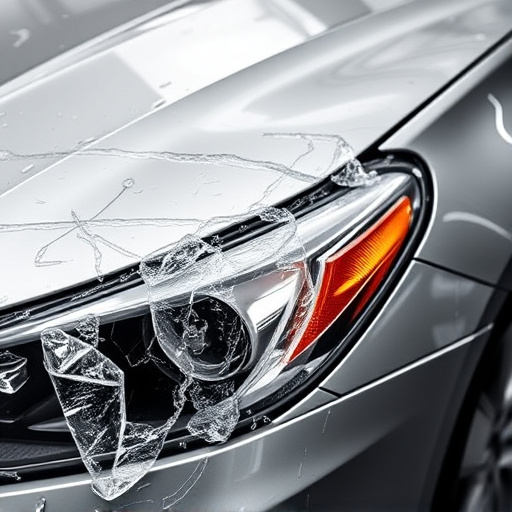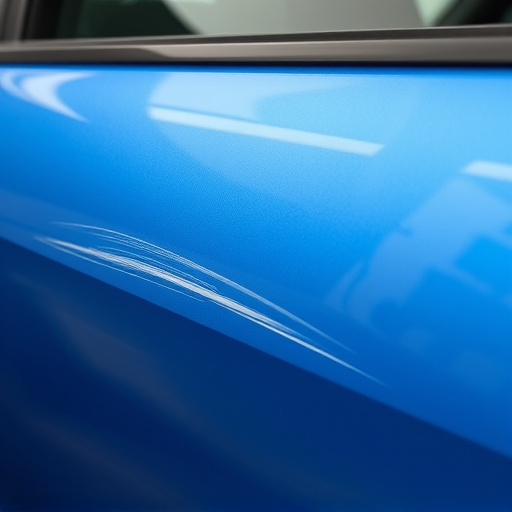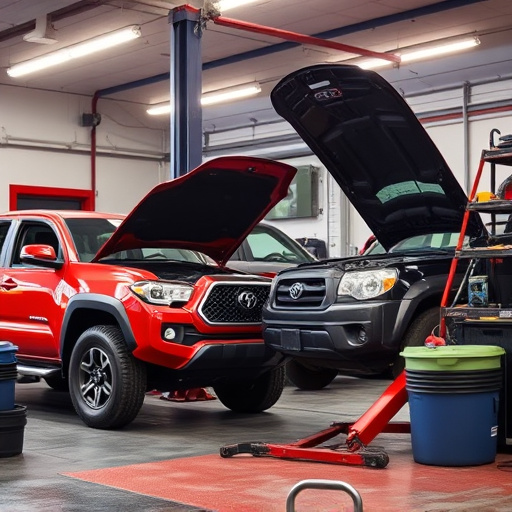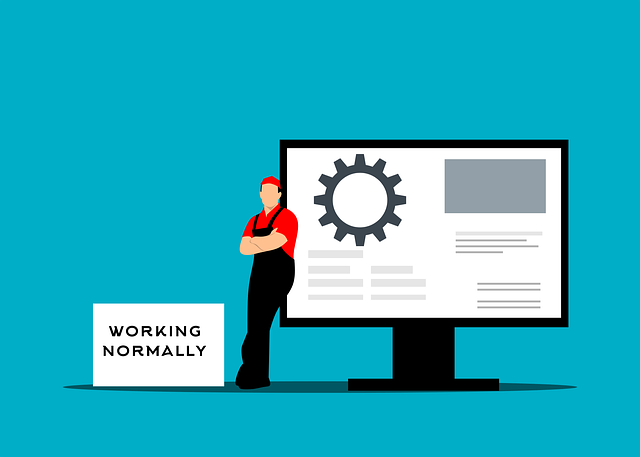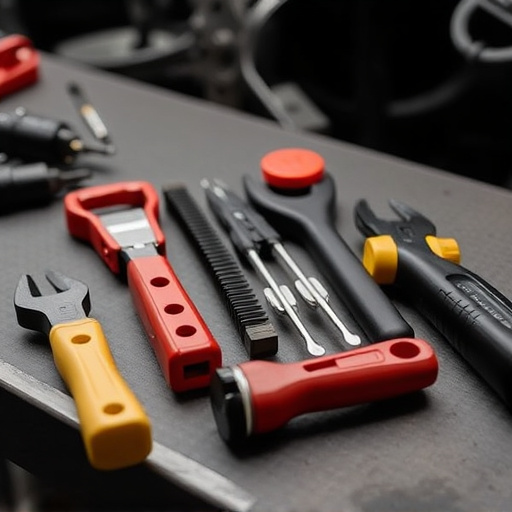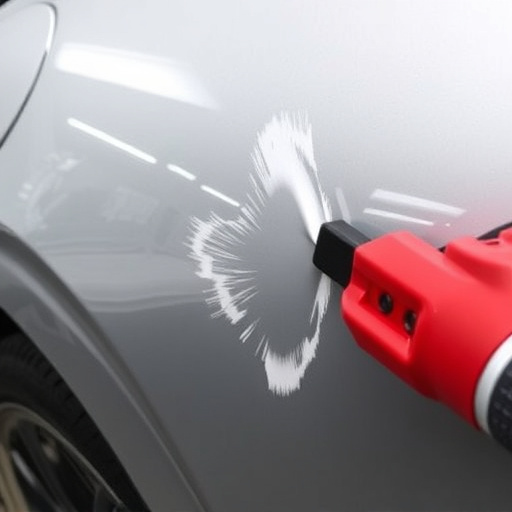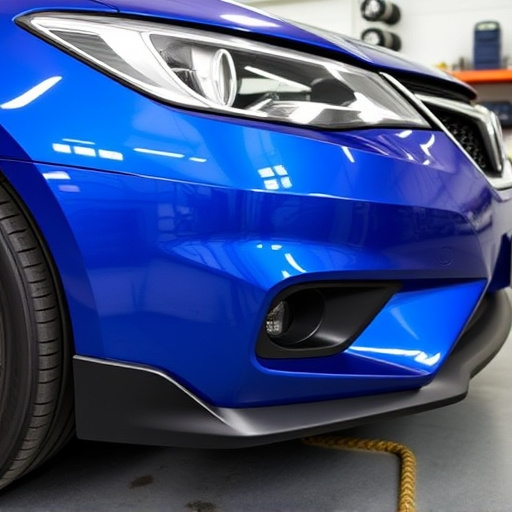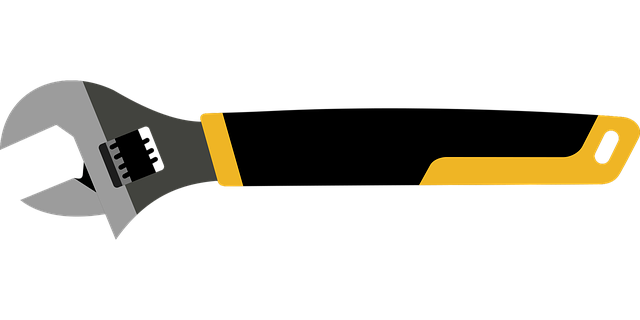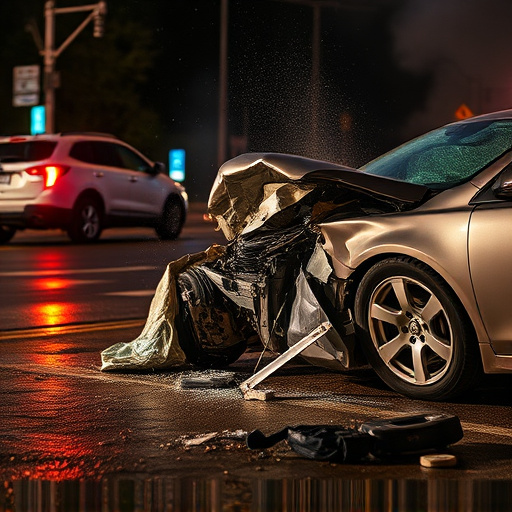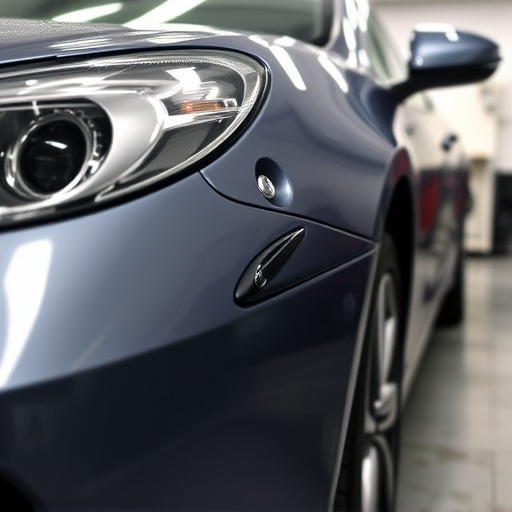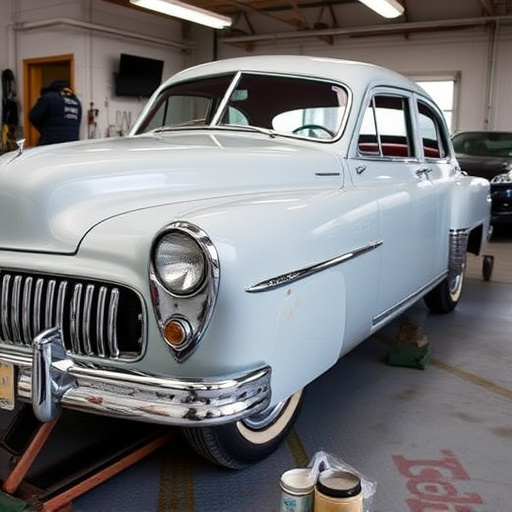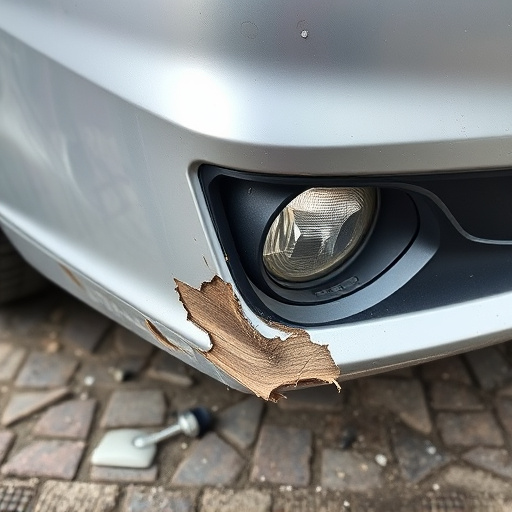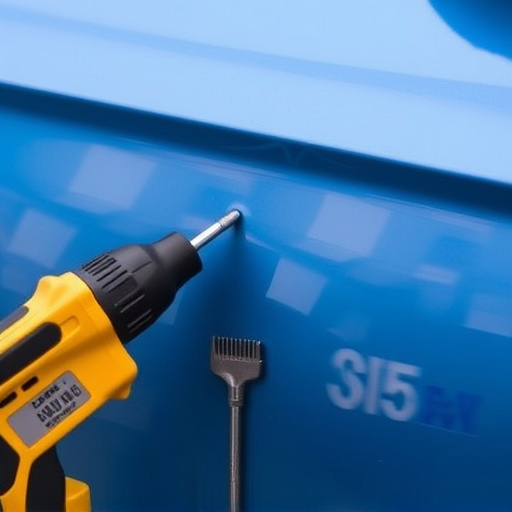Radiator collision repair is a specialized service for car cooling system damage from accidents, involving assessing and repairing or replacing components due to corrosion, structural issues, or manufacturing changes. For minor to moderate harm, this repair offers a cost-effective solution, restoring optimal cooling efficiency and extending engine life. Key factors include severity of damage, material composition, technician expertise, and using high-quality parts for proper alignment and durability. Efficient radiator collision repair maximizes performance, extends vehicle lifespan, and is a smart, cost-efficient choice.
Radiator collision repair is a specialized service that can restore damaged vehicles to their pre-accident condition. However, the effectiveness of this process in achieving full performance depends on various factors. This article explores the intricacies of radiator collision repair, from understanding the repair process and its limitations to key determinants of restorability. We also offer valuable tips for maximizing efficiency in the repair and restoration journey.
- Understanding Radiator Collision Repair: The Process and Its Limitations
- Key Factors in Determining Restorable Performance After a Collision
- Maximizing Efficiency: Tips for Effective Radiator Collision Repair and Restoration
Understanding Radiator Collision Repair: The Process and Its Limitations
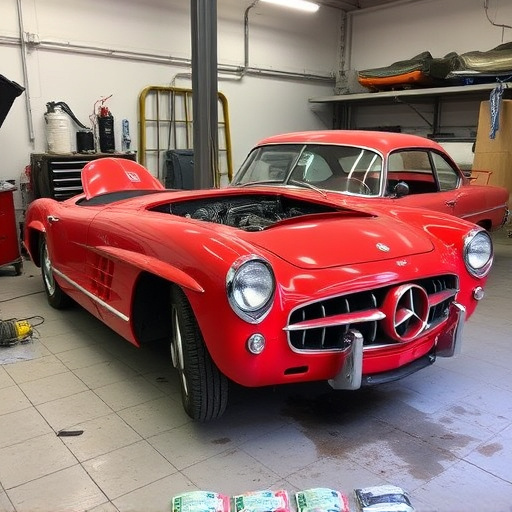
Radiator collision repair is a specialized service that addresses damage to a vehicle’s radiator caused by collisions or accidents. It involves several steps aimed at restoring the radiator to its pre-accident condition, ensuring optimal cooling performance for the engine. The process typically starts with assessing the extent of damage, which can range from bent or cracked components to more severe cases requiring complete replacement.
While modern radiators are designed for durability, there are limitations to what can be achieved through repair. Some factors, such as extensive corrosion, significant structural damage, or changes in manufacturing specifications over time, may make full restoration impossible. In such cases, a complete radiator replacement might be the most viable option. Despite these limitations, for minor to moderate damage, radiator collision repair offers a cost-effective solution, providing drivers with the opportunity to restore their vehicles’ cooling systems to full performance and extend engine life through professional automotive repair services.
Key Factors in Determining Restorable Performance After a Collision
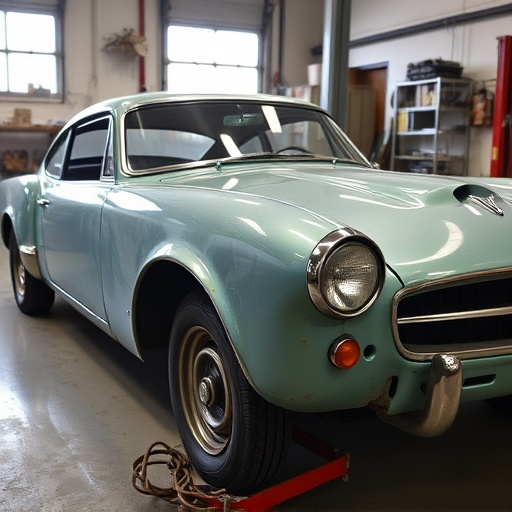
When it comes to assessing whether radiator collision repair can restore full performance, several key factors come into play. The extent of the damage is crucial; minor dings and dents may be easily reparable, while more severe impacts could require extensive restructuring. The type of material used in the initial manufacturing also plays a significant role; modern radiators often incorporate advanced alloys that can be challenging to match during repair.
Additionally, the expertise of the auto collision center or collision repair shop matters greatly. Experienced technicians equipped with the latest tools and techniques are better positioned to handle complex repairs, ensuring precise fitting and seamless integration. Locating a reputable auto repair near me that specializes in radiator collision repair is essential for achieving optimal results that restore the vehicle’s performance to its pre-collision state.
Maximizing Efficiency: Tips for Effective Radiator Collision Repair and Restoration
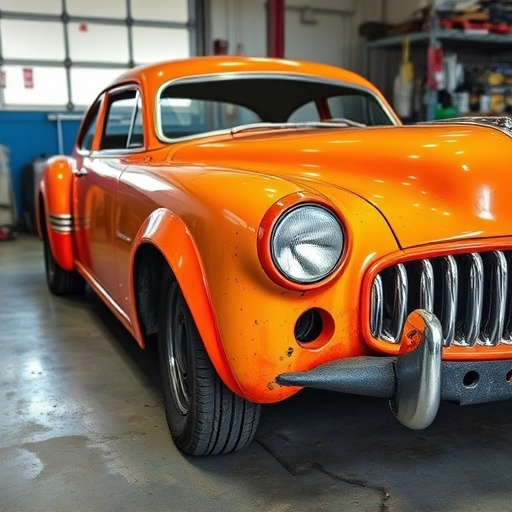
Maximizing Efficiency: Tips for Effective Radiator Collision Repair and Restoration
When dealing with radiator collision repair, it’s crucial to approach the process methodically to ensure full performance restoration. Start by thoroughly inspecting the damage, taking note of any dents, cracks, or leaks. This initial step is vital as it guides the subsequent repair techniques. For minor scratches and dents, a skilled auto repair shop might use specialized tools to straighten the panels without replacing them entirely, saving costs and enhancing efficiency.
In the case of more significant damage, vehicle body repair may involve welding and panel replacement. Remember that proper alignment is key; misaligned components can compromise the effectiveness of your radiator’s cooling system. Additionally, consider the materials used for repairs; high-quality parts and expert craftsmanship ensure a durable fix. Efficient radiator collision repair not only restores your vehicle’s performance but also extends its lifespan, making it a cost-effective solution in the long run.
Radiator collision repair can indeed restore full performance, but it depends on several factors. By understanding the process, its limitations, and key determiners of restorable performance, you can make informed decisions. Following effective tips for radiator collision repair maximizes efficiency and ensures optimal results. Remember that a professional approach is crucial to achieving a safe and fully functional vehicle after a collision.
